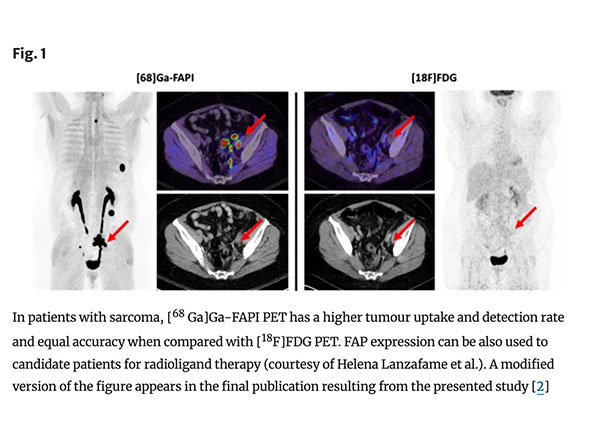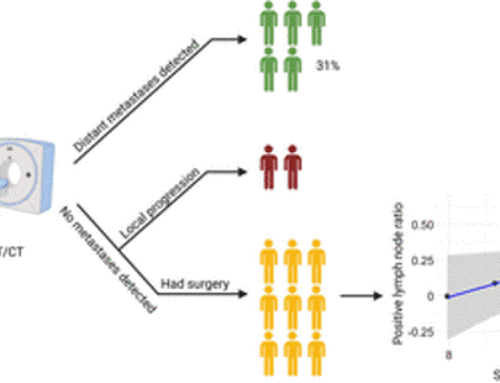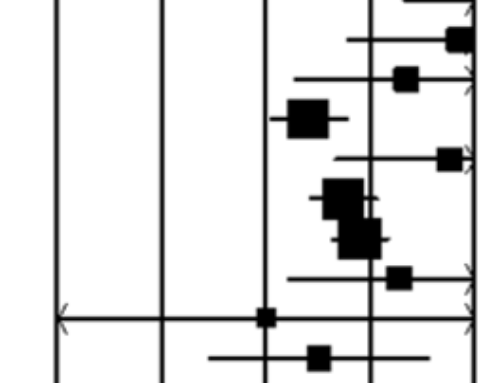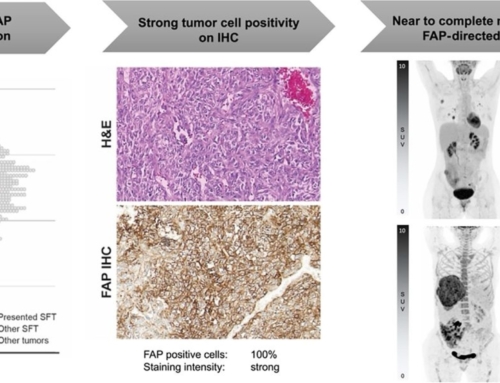David Kersting, Silvia Morbelli, Sophie E. M. Veldhuijzen van Zanten & Hein J. Verberne
Introduction:
Between the 9th and 13th of September 2023, the international nuclear medicine community gathered in Vienna, hometown to the headquarters of the European Association of Nuclear Medicine (EANM), for its 36th Annual Congress. A total of 144 live on-site oral sessions and 15 e-Poster sessions were supplemented with 85 uploaded e-Posters on the Virtual Platform.
Several abstracts covered novel diagnostic applications of PET imaging in breast cancer patients. [18F]FDG PET can be limited for detection of small metastases, lymph node metastases, and in patients with particular tumour types or receptor expression, for example, in patients with lobular or with low-grade oestrogen receptor-positive breast cancer. Other PET tracers than [18F]FDG have been proposed to overcome these limitations and to broaden the applicability of diagnostic PET imaging in patients with different clinical presentations of breast cancer.
A different approach is the usage of pan-cancer tracers like radiolabelled fibroblast activation protein inhibitors (FAPIs) which may be more specific than [18F]FDG and can be applied in different tumour biologies. Guo et al. investigated the diagnostic accuracy of [68 Ga]Ga-FAPI-46 PET-CT in patients with primary and metastatic breast cancer in comparison with breast ultrasound and [18F]FDG PET-CT. They included 30 patients without further subclassification for hormone receptor status who underwent PET-CT for diagnosis of suspected breast lesions at initial staging or for detection of recurrence. SUVmax, tumour-to-background ratio, lesion detection rate, and TNM classification were evaluated. [68 Ga]Ga-FAPI PET-CT showed higher tracer uptake and tumour-to-background ratios than [18F]FDG PET-CT in different anatomical categories. Moreover, it detected more lesions than [18F]FDG PET-CT and breast ultrasound. This can lead to upstaging in TNM classification and potentially lead to a change in management in a relevant fraction of patients.


![FAP Expression in Renal Tumors Assessed by [68Ga]Ga-FAPI-46 PET Imaging and FAP Immunohistochemistry: A Case Series of Six Patients](https://sofie.com/wp-content/uploads/2025/12/info.ibamolecular-scaled-500x383.jpg)


![[68Ga]Ga-API-46 PET accuracy for cancer imaging with histopathology validation: a single-centre, single-arm, interventional, phase 2 trial](https://sofie.com/wp-content/uploads/2025/09/image-500x383.png)
